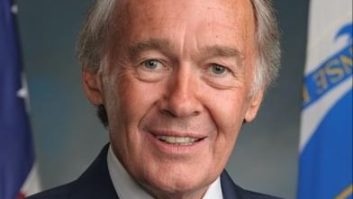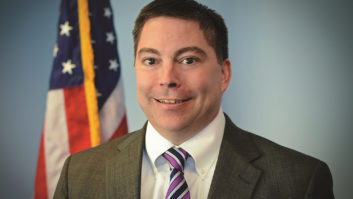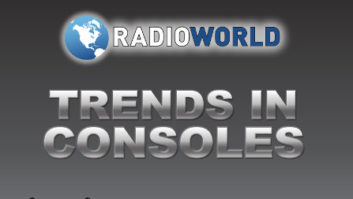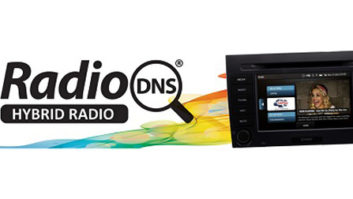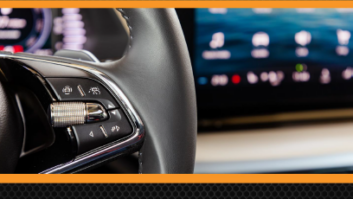The author is the owner of Schwab MultiMedia LLC. Radio World invites industry-oriented commentaries and responses. Send to Radio World.
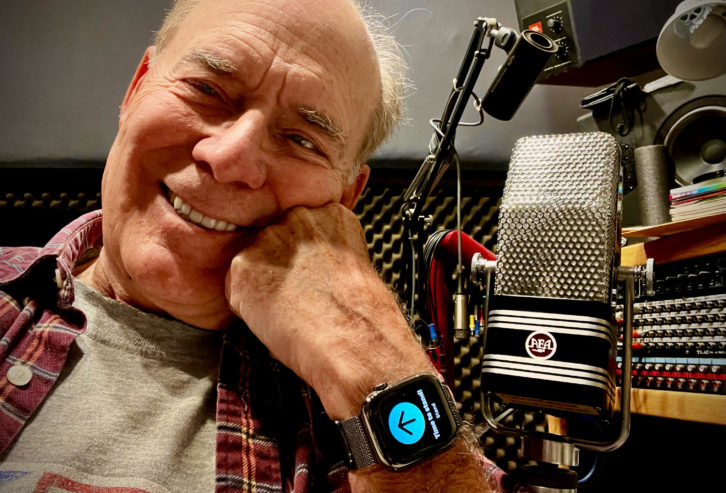
Car manufacturers claim they cannot suppress noise getting into the AM signals in their electric vehicles. This article presents the viewpoint of three people who beg to disagree.
Tom King, the chairman of Kintronic Labs Inc., is an expert on AM transmission and noise interference. His company manufactures most of the phasing cabinets for directional arrays on AM stations around the world.
Saul Levine is a veteran independent Los Angeles broadcaster and president of Mount Wilson FM Broadcasters. And I am the newbie, moving mountains to get an AM and FM translator combo on the air in the L.A. Culver City market. I’ve been a ham operator since age 14 and in broadcasting since high school — a voice actor, air talent and engineer in major markets, landing in L.A. years ago to change ailing KIIS to top 40.
So I have a vested interest.
Tom King
The AM Improvement Working Group under the AM and FM Audio Broadcast Sub-Committee of the National Radio Standards Committee is in the process of preparing a white paper, “Radio Noise and Its Impact on Radio Services Operating Below 30 MHz.”
Tom King tells us that one of its chapters is titled “RF Noise Suppression Techniques in Emerging Vehicle Technologies to Keep AM Radios in the Dash of These Vehicles.”
“As we see more electric vehicles being introduced in an effort to reduce the carbon emissions of fossil fuel-powered vehicles,” he said, “a trend that we see developing is the removal of AM receivers in the dash of these vehicles due to the RF interference produced by the electric motors and the control systems that drive the motors.”
When Tesla introduced its earliest all-electric models, he noted, they included AM receivers, but the company has since apparently decided to remove AM receivers from more recently introduced models.
“Due to the fact that a significant percentage of electric vehicles do include AM radios in the dash, it is clear that the RF noise environment in electric cars can be mitigated with proper shielding, grounding and filtering techniques,” King said.
Mark Persons, who is part of the AM Improvement Working Group, introduced its members to John Fallow, VE6EY, a fellow ARRL member, who gave a presentation about the use diversity receivers to cancel RF interference cancellation.
“John informed us that a diversity receiver can be used to cancel or reduce noise at the I/Q baseband by multiplying the output from two coherent receivers with different antennas by a matrix of amplitude and phase coefficients,” King summarized.
“With proper tuning, the impulse trains from two receivers can be made to cancel each other. The application of diversity receivers in electric vehicles could be used to eliminate RF noise interference to AM reception when shielding and filtering is not sufficient.”
The image shown with this story illustrates the noise cancelling results of a diversity receiver.
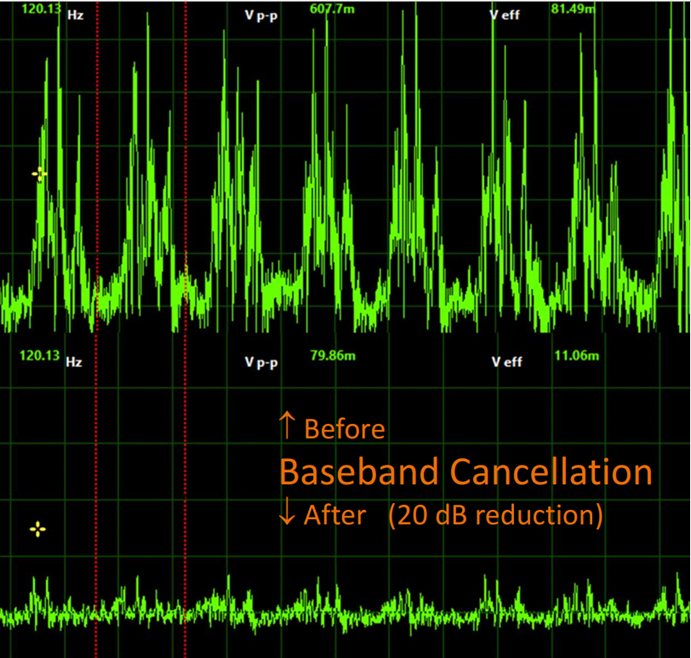
[Related: “Former FEMA Leaders Continue Push for AM Preservation“]
Saul Levine
According to Saul Levine, the AM radio band remains a valuable asset in the United States yet is threatened with extinction.
He blames the failure of manufacturers and owners to keep pace through technology that enhances AM radio, with digital technology providing noise-free stereo reception and other enhancements that have yet to be deployed.
“The coverage of newly designed digital and hybrid HD Radio equipment is equal to or superior to FM installations under identical conditions,” he said.
Levine is a pioneer in broadcasting. His achievements include the installation of 105.1 FM and commencement of programming in 1959 on Mount Wilson at an elevation of 6,000 feet with 18,000 watts, a station still under the same ownership; also the installation at Sutro Tower that same year of 50,000-watt KBCO at 105.3 MHz at 1,200 feet, overlooking San Francisco; as well as the installation in 1978 of 75,000-watt KRTR(FM) overlooking all of Honolulu. He also installed and operated the first UHF-TV station in Hawaii.
Levine currently operates KMZT(AM), which covers all of Los Angeles at 1260 kHz in Beverly Hills with HD Radio technology, a 20,000-watt Nautel transmitter and four-tower array. It airs a classical format and is known as k-Mozart.
Not one complaint has been received about the reception of the AM HD signal, which competes with public radio stations on FM from Mount Wilson.
Japanese cars have proven that inexpensive filtering can eliminate noise in electric cars.
“The threat of European radio carmakers to abandon AM radio in electric cars is a nasty attack on this outstanding asset of the American people. It’s unacceptable. Europe has other approaches to radio in autos, such as shortwave or special bands that do not exist in the United States.”
“This abominable attempt to destroy the valuable AM asset of the American public must not be allowed. The FCC must mandate AM radio in all auto radios, as it did with the expanded band.”
[Related: “Current AM Debate May Just Be the Start“]
Don Elliot
My own view is that most manufacturers have already solved this “problem.”
Toyota’s line of Priuses, as well as many other electric vehicles, provide outstanding AM reception, as does the Chrysler SUV line.
As an amateur radio operator, I can recall Ford solving the spark plug ignition noise problem decades ago with a simple capacitor in the line, most likely a 25-cent part.
I fully understand that we are dealing with a different technology today. But my point concerns the willingness to focus on and solve the problem.
I’m certain that the philosophy of “follow the money” is in full swing in this ruse. I’m told constantly by many in my sphere of influence that Tesla dealers tell buyers that “Elon didn’t like the look of the antenna” on the newer models. Yet the AM worked just fine up until the more current run.
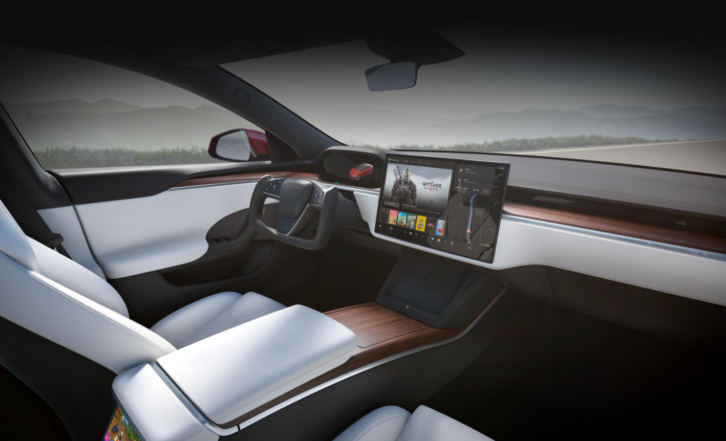
Thanks to Sen. Ed Markey of Massachusetts and the efforts of the NAB, there is a groundswell. As Radio World readers know, Markey wrote to 20 carmakers urging them to maintain broadcast AM radio as a feature in future cars, including electric vehicles.
He said research suggests that “digital broadcast radio — through which consumers can receive AM stations — is less susceptible to electromagnetic interference than analog AM radio,” and pointed out that in 2018, the European Union mandated that all new vehicles be equipped with digital radio.
“Many EVs today are equipped with AM radio, demonstrating that many automakers do not view EVs and AM radio as technologically incompatible. As EVs rightfully become a greater share of new vehicles, automakers cannot defend the elimination of AM radio as necessary due to electromagnetic interference.” (Read the Markey letter.)
The subsequent response to Markey from the auto industry seems to me to be lip service.
Remember too that AM signals cross borders. Its coverage cannot be duplicated, another reason we should support AM’s existence.
Some blame any perceived demise of AM radio on the audience losing interest. Consolidators have brought that on themselves (and on us), going the cheap way, firing local talent and filling with syndication. In fact the iHearts and other large broadcast companies should be the biggest noisemakers against the carmakers removing the AM capability of receivers. It would be good to have them back on the team.
I suggest that we “follow the money.” Let’s not hide that removing AM from cars injures service to the public while it benefits manufacturers. As a responsible industry it’s worth the effort on our part to speak out on this — something you can do to make the world a better and safer place, something that is good for our business at the same time.
So do your part. Contact YOUR senator and ask them to support the efforts of the NAB and Sen. Markey to press carmakers to keep AM (and radio itself) as a standard feature rather than dropping it or making it a paid option.
Let’s raise a little of our own noise that will be hard to suppress.
Here’s how to find and contact your senator.
[Read More Guest Commentaries Here]
NAB’s take
Alex Siciliano, senior advocacy communications strategist for the National Association of Broadcasters, had this to say when I asked for comment:
“AM radio entertains and informs millions of listeners with community news coverage, sports broadcasts, traffic and weather reports, religious services and public affairs programming — all free of charge. It also serves as the backbone of the Emergency Alert System that keeps Americans safe.
“NAB believes keeping AM radio in all vehicles, including electric models, is vital to the public interest. We are actively working with automakers to preserve AM radio’s place in the evolving car dashboard. We also appreciate the leadership of Sen. Ed Markey, FCC Commissioner Nathan Simington and officials at FEMA who have highlighted the public safety risk posed by eliminating AM radio in cars.”





